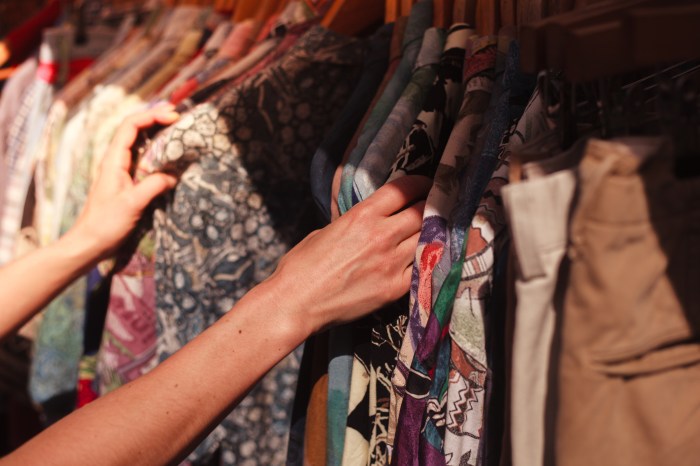
There may be no better way to understand history than to taste it, which is why the Museum at Eldridge Street is introducing a culinary time travel program to engage kids with turn-of-the-20th-century flavors.
On Sunday, Kids Eat History: The Story of School Lunch will take elementary school kids back to the early 1900s, when scores of immigrants settled on the Lower East Side, often amid social and economic turmoil.
As families struggled to adequately feed their kids, progressive activists in the neighborhood worked to help alleviate their hunger through efforts like the School Lunch Committee.
Nutrition, social welfare and cultural differences informed the menus at the time, which included such items as stewed prunes and beans in a cone, which will be recreated at the Kids Eat History event.
amNewYork spoke with Nancy Beiles, manager of family programs at the Museum at Eldridge Street, about the event, held at the Henry Street Settlement.
What will kids in 2019 experience?
They’ll see what it was like for a child in the early 1900s on the Lower East Side, and kids will get to taste some of the things that were served for lunch back then. Typical lunch items were beans in a cone, stewed prunes, cornmeal mush with sugar and pea soup. A lot of soup was being served — I think it was an easy way to serve volumes of children. Kids will taste everything and will also be reviewers. They’ll have an opportunity to give feedback about what they would like to eat or what they think should be left in history.
What can we learn from school lunch menus from over 100 years ago?
One of the things that was really interesting to learn about was that some people think that school lunch advocates in New York City public schools were using these meals as a way to make immigrant children more American and expose them to so-called American food. But when the program actually launched, they were really culturally sensitive. In schools with mostly Italian students, they wanted to serve meals that would be familiar to Italian children so they’d want to eat them and get the nutrition. In one of the pilot programs at an Italian school they served spaghetti in tomato sauce.
What sources did you use to see what school lunch used to be like?
We’re working with the Henry Street Settlement on the program. [The late HSS founder] Lillian Wald was one of the advocates of the school lunch program. Other research we relied upon were newspaper articles from the period. School lunch was a big deal at the time — The New York Times was writing about it, Journal of Home Economics was writing about it. Primary sources have been useful.
Other than new lunchbox ideas, what do you want kids to take away from this experience?
I think that the biggest goal for us is for kids to have a clear understanding of what kids in the early 1900s experienced and about the issues that were important at the time, like poverty and making your way in a new country, and how the social services took action. Kids may not really get into the nitty-gritty of the Progressive Era, but get introduced to the things going on at the time and see a connection to what was happening then and how child poverty is still an important issue. Michelle Obama made nutritious lunch an important part of her work as first lady; these are issues that are enduring.
IF YOU GO
Kids Eat History: The Story of School Lunch is Sunday from 11 a.m.-12:30 p.m. at the Henry Street Settlement | 265 Henry St. | tickets $18/adults, $10/children at eldridgestreet.org

















